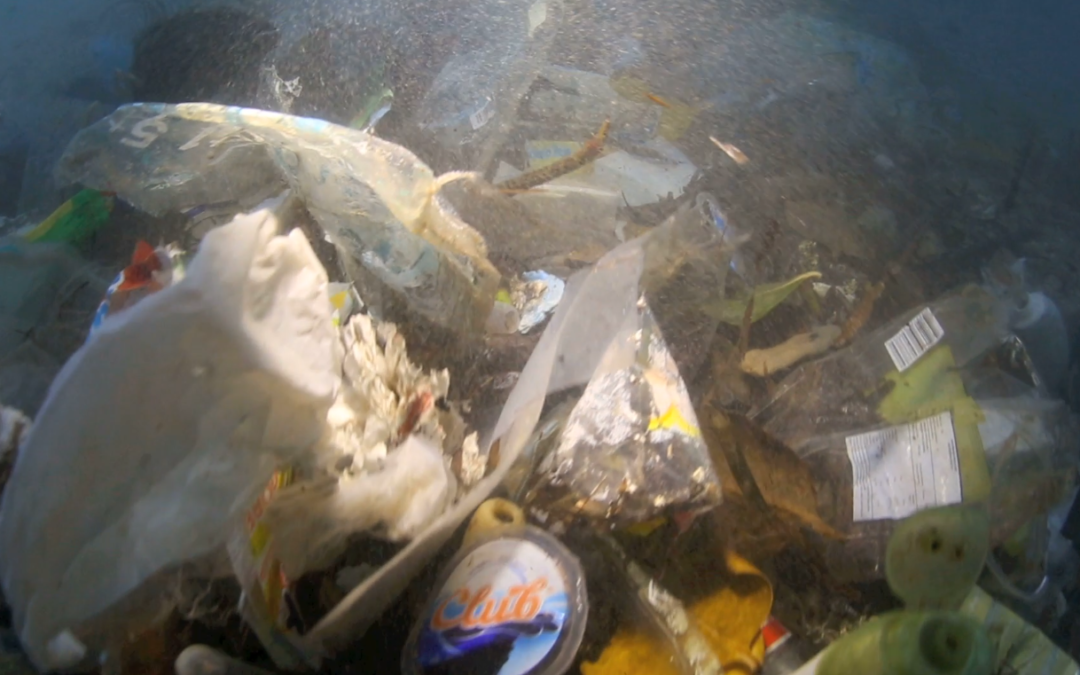
The Clean Air Act
The Clean Air Act of 1970 is the law that defines EPA’s responsibilities for protecting and improving the nation’s air quality and the stratospheric ozone layer. The Clean Air Act has a proven record of public health and environmental protection since 1970. The last major change in the law was the 1990 Clean Air Act Amendments introduced programs which are projected to result in a net improvement in U.S. economic growth and the economic welfare of American households.

Economic Growth with Cleaner Air
Clean Air Act programs have lowered levels of six common pollutants: particles, ozone, lead, carbon monoxide, nitrogen dioxide and sulfur dioxide, as well as numerous toxic pollutants. From 1970 to 2017, aggregate national emissions of the six common pollutants alone dropped an average of 73 percent while gross domestic product grew by 324 percent. This progress reflects efforts by state, local and tribal governments; EPA; private sector companies; environmental groups and others.
The emissions reductions have led to dramatic improvements in the quality of the air that we breathe. These air quality improvements have enabled many areas of the country to meet national air quality standards set to protect public health and the environment. For example, all of the 41 areas that had unhealthy levels of carbon monoxide in 1991 now have levels that meet the health-based national air quality standard. A key reason is that motor vehicles are much cleaner because of Clean Air Act emissions standards for new motor vehicles. Airborne lead pollution, a widespread health concern before EPA phased out lead in motor vehicle gasoline under the Clean Air Act authority, now meets national air quality standards in most areas of the country. State emission control measures to implement the Act, as well as EPA’s national emissions standards, have contributed to air quality improvements.
The Real Price We Pay for Air Pollution is Our Health
Air pollution impacts human health and the environment through a variety of pathways. Air toxics may cause eye, nose and throat irritation and difficulty breathing. Breathing elevated levels of CO reduces the amount of oxygen reaching the body’s organs and tissues. Long-term exposure to certain air toxics can cause cancer and long-term damage to the immune, neurological, reproductive, and respiratory systems, leading to increased medication use, hospital admissions, emergency department visits, or premature mortality.
Is Cleaner Air Worth the Cost?
To comply with the Clean Air Act, businesses, consumers, and government entities all incurred higher costs for many goods and services, primarily due to requirements to install, operate, and maintain pollution abatement equipment. In addition, costs were incurred to design and implement regula¬tions, monitor and report regulatory compliance, and invest in research and development. Ultimately, these higher costs of production were borne by stockhold¬ers, business owners, consumers, and taxpayers. The costs that were passed on led to ques¬tions as to whether the health and environmental benefits of air pollution control justify the costs incurred by industry, taxpayers, and consumers. To address this, Congress added a requirement for the EPA to periodically assess the effect of the Clean Air Act on the U.S. public health, economy, and environment and evaluate the benefits and costs of the Act’s implementation. To date there have been 3 study reports.
The Three Studies
On October 15, 1997, EPA issued the first in the series of these reports, entitled “The Benefits and Costs of the Clean Air Act, 1970 to 1990,” after completing a six-year process of study development and outside expert review. The report shows that the public health protection and environmental benefits of the Clean Air Act exceeded the costs of its programs by a large margin. The installation of stack gas scrubbers and the use of fuels with lower sulfur content produced a 40 percent reduction in 1990 sulfur dioxide emissions from electric utilities. Motor vehicle pollution controls adopted under the Act were largely responsible for a 50 percent reduction in carbon monoxide emissions, a 30 percent reduction in emissions of nitrogen oxides, a 45 percent reduction in emissions of volatile organic compounds, and a near elimination of lead emissions. In this study the estimated economic value of the benefits, in 1990 dollars, is a mean estimate of $22.2 trillion. The direct costs of implementing the Clean Air Act from 1970 to 1990 totaled $523 billion in 1990 dollars. These results clearly indicate that the benefits exceeded the costs by more than 42 to 1.
On November 15, 1999, EPA issued the second in this series of reports, “The Benefits and Costs of the Clean Air Act, 1990 to 2010.” This second study was also issued after a six-year process of study development and outside expert review. This first prospective study also finds that the benefits of the programs and standards required by the 1990 Clean Air Act Amendments significantly exceed costs.
In March 2011 EPA released the third report “The Benefits and Costs of the Clean Air Act, 1990 to 2020,” a prospective report that estimates the results of the Clean Air Act from 1990 to 2020. According to this study, the central benefits estimate exceeds costs by a factor of more than 30 to 1.
Looking to the Future
It is clear that clean air is more than worth the cost, but there is also the benefit of all of us living healthier lives and ensuring a better environment for future generations. We have made dramatic progress to clean our air to date, but air pollution continues to threaten Americans’ health and welfare. The work must continue to ensure healthy air for all communities.
Comments

Coronavirus, Climate Change, and the Environment
Coronavirus, Climate Change, and the Environment While there is no direct evidence that climate change is influencing the spread of COVID-19, we do know that climate change alters how we relate to other species on the planet and that does affect our health and...

Do you know how much plastic waste is dumped into the ocean?
Do you know how much plastic waste is dumped into the ocean? Click to watch the video. OnPoint Facts What can you do to help reduce our global plastic waste? Other Environment Articles

Just Breathe… Through Your Mask. A Preview of Environmental Improvements.
Have you seen the skies over major cities lately? Traffic-free roads, plane-free skies and widespread brick-and-mortar closings have made the entire planet a beneficiary of the coronavirus pandemic in the short term.

Reduce your participation in the tsunami of plastic rising into the global ocean!
In the by-line for its June 2018 article “Planet or Plastic,” the National Geographic gives a chilling account of the 18 billion pounds of plastic ending up in the global ocean annually, and its devastating effect on marine life. That’s 9 million tons, much of it transported to the ocean by the great river.


0 Comments